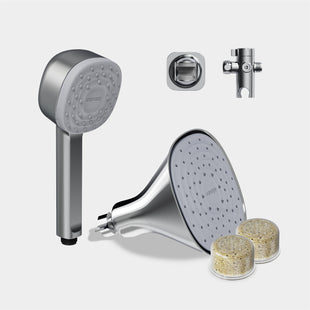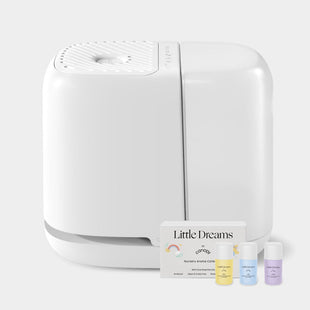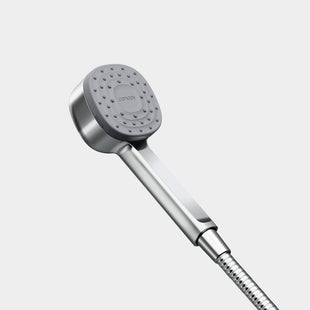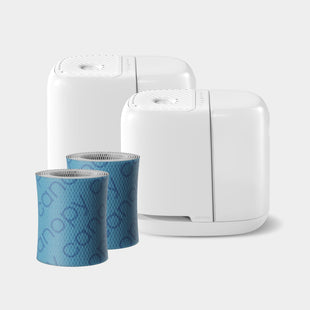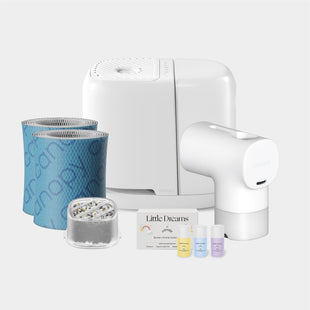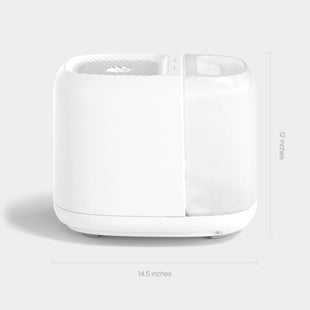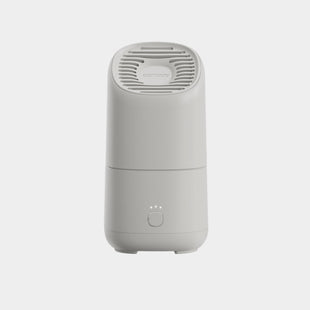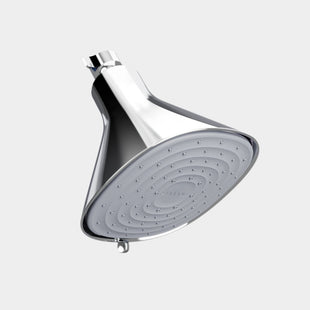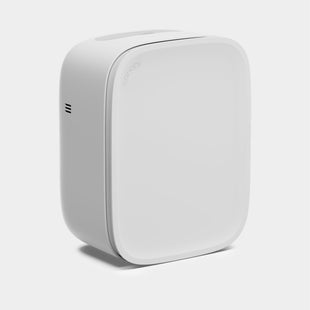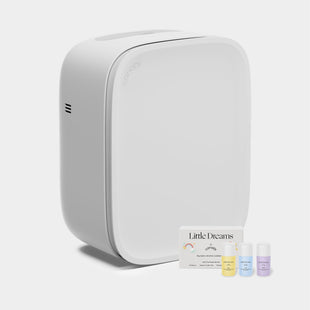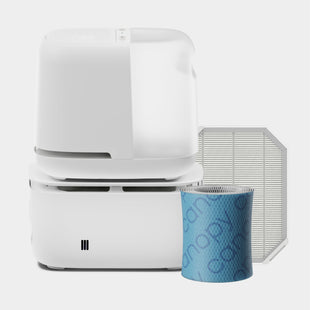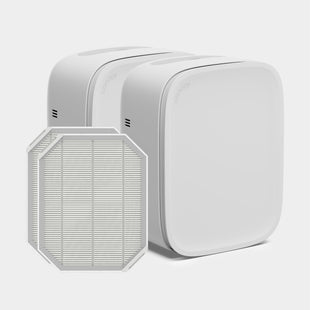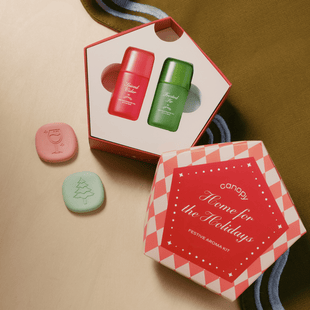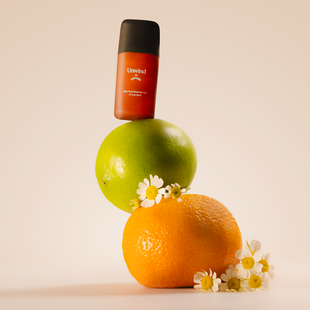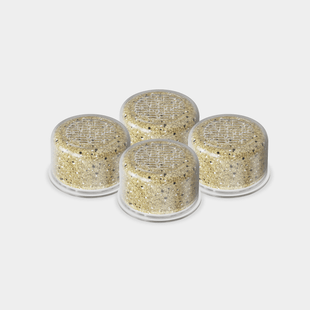If you’ve ever felt like the air inside your home could be fresher, you’re probably not mistaken. Pollutants and other airborne particles can get trapped in enclosed spaces, and your living environment is no exception. Fortunately, there are effective ways to freshen your indoor air, even when you’re dealing with pet odors or pollution. Let’s explore how to improve air quality in home environments and why it matters.
What Is Air Quality?
Air quality is measured by the concentration of chemical pollutants and solid particles suspended in an area. From human activity to winds and temperatures, many factors can influence the air quality in your region.
Air quality can also refer to indoor spaces. Since we spend most of our time inside—especially during the colder months—optimizing the air quality in our living environment is especially important1.
Air Quality Classifications
One useful way to determine the air quality of a specific location is the Air Quality Index (AQI). Developed by the Environmental Protection Agency, this helpful tool shows daily outdoor air quality based on the air pollution level.
The EPA’s calculation is based on five significant pollutants: particulate matter, sulfur dioxide, carbon monoxide, nitrogen dioxide, and ground-level ozone. The AQI also calculates the health risks associated with exposure to polluted air as follows:
- 0 to 50, Good: Air quality has little to no risk factor.
- 51 to 100, Moderate: Acceptable level of pollution. Air quality may pose a risk for sensitive groups.
- 101 to 150, Unhealthy for sensitive groups: This classification typically includes children, the elderly, pregnant individuals, and those with heart and lung issues2.
- 151 to 200, Unhealthy: The general public may exhibit symptoms; sensitive groups may experience severe symptoms.
- 201 to 300, Very unhealthy: Everyone is at risk.
- 301+, Hazardous: Everyone is likely to be affected in these emergency conditions3.
Knowing your local AQI can be helpful for planning outdoor activities or deciding whether to open your windows. Local weather reports and the EPA’s AirNow app can help you understand your area’s outdoor air quality in your area at a glance.
When Outdoor Air Seeps In
Most homes have cracks around windows and doors, meaning outdoor air can always seep in to some degree. Even the most airtight home will be exposed to outside pollution when its occupants come and go. This means your local AQI can play a role in your indoor air quality. From wildfire smoke to emissions and pollen, anything that’s affecting the outside air could likewise affect your indoor air and comfort4.
Why Is Indoor Air Quality Important?

Having fresh indoor air can make your home feel welcoming and comfortable. But aside from eliminating unwanted odors and preventing that notorious stuffy feeling, there are other compelling reasons to enhance your air quality. In fact, your indoor air can play an important role in your overall wellness: poor air quality can affect how well you breathe and sleep. Left unaddressed, airborne viruses can circulate at home and contribute to common seasonal illnesses and symptoms4.
How Can I Improve My Home’s Indoor Air Quality?
Now for some reassuring news: Thanks to modern technology, monitoring and addressing indoor air quality is simpler than ever. You can use indoor air quality monitors to detect pollutants and establish a baseline for your home’s conditions.
There are also some simple indoor air quality solutions and strategies to maintain a fresher, more comfortable environment.
Refine Your Cleaning Routine
Accumulated dust and pet dander can contribute to worsening asthma symptoms and allergies. Similarly, the pollen you track in can circulate through your home and lead to irritation. Fortunately, sticking to your cleaning routine can keep these irritants under control.
Dusting hard surfaces, vacuuming, and washing your linens should be top priorities for optimizing your indoor air quality. While weekly cleaning will help clear away many pollutants, you’ll also want to set aside some time every couple of months for deep clean sessions. These could include cleaning upholstery and window treatments, dusting behind appliances, and scrubbing hard-to-reach places in the bathroom or kitchen to tackle mildew5.
Get Some Fresh Air
When the air quality is favorable, open your windows—even just for an hour or so each day—to improve the airflow in your home. As built-in ventilation, windows allow fumes, gas stove emissions, and pet dander to escape, while also letting fresh air enter to prevent stuffiness.
Turn to Technology
Even with consistent cleaning and fresh air, it’s still possible for factors beyond your control to affect your home’s air quality. Your kitchen’s ventilation and air conditioner’s filters can help reduce cooking fumes, pet dander, and indoor pollutants, but sometimes homes need a little extra help to feel truly comfortable.
One effective option to start with is an air purifier. These devices enhance air quality by drawing air in and filtering out contaminants like pet dander, odors, mold, and pollen. Then, fresh air is released back into your living space for more comfortable breathing.
Ideally, your air purifier can be placed near the main source of the pollutant you’re aiming to address. For example, residents of busy cities often place their air purifiers near windows to reduce pollution from incoming outdoor air. If you have vulnerable family members, such as a baby or someone with allergies, placing one of these devices in their bedroom can also help promote fresh, breathable air where they spend the most time.
If ;dry air is a concern in your living space, consider adding a humidifier. When it comes to moisture levels, the sweet spot for your home space is 40–60% relative humidity (RH); any drier and airborne viruses can spread easily, while too much humidity allows mold and mildew to thrive6.
Canopy humidifiers are designed to help you strike that balance with ease: Our devices feature mold-inhibiting technology*, while our Bedside Humidifier and Large Room Humidifier inhibit contaminants in the water tank via embedded UV lights. With dishwasher-friendly parts, our humidifiers are also a cinch to clean, making fresh indoor air a simple part of your routine.
*Tested to AATCC 30-2017 standard
When you think of all the things that make home feel like home, stale air isn’t one of them. If dust, pollen, pet dander, and odors are making your space feel less fresh and inviting, Canopy is here to help. Our Bedside Air Purifier uses three layers of HEPA filtration to trap particles that can trigger allergy symptoms and leave rooms feeling stuffy and uncomfortable. We combine the comfort and freshness you want from an air purifier with the ease of use and signature aromas you expect from Canopy.
Get even more with the Wellness Tower, which bundles the Bedside Air Purifier and Bedside Humidifier to keep air feeling more breathable and refreshing.
Sources:
- What Is Air Quality? Center for Science Education. Retrieved October 20, 2025, from https://scied.ucar.edu/learning-zone/air-quality/what-is-air-quality
- (15 February 2023). When air quality is “Unhealthy for Sensitive Groups.” IQAir. Retrieved October 20, 2025, from https://www.iqair.com/us/newsroom/unhealthy-for-sensitive-groups
- Air Quality Index (AQI) Basics. AirNow.gov. Retrieved October 20, 2025, from https://www.airnow.gov/aqi/aqi-basics/
- James, J., MD. (October 2024). Indoor Air Quality. Asthma and Allergy Foundation of America. Retrieved October 20, 2025, from https://aafa.org/asthma/asthma-triggers-causes/air-pollution-smog-asthma/indoor-air-quality/
- Ogletree, K. and Cherian, V. (10 January 2025). How to Improve Indoor Air Quality for Better Breathing. RealSimple. Retrieved October 20, 2025, from https://www.realsimple.com/home-organizing/cleaning/how-to-improve-indoor-air-quality
- Swafford, I. (12 March 2024). Study Details How Low Humidity Could Be a Boon for Viruses. Stanford Report. Retrieved October 20, 2025, from https://news.stanford.edu/stories/2024/03/low-humidity-boon-viruses

